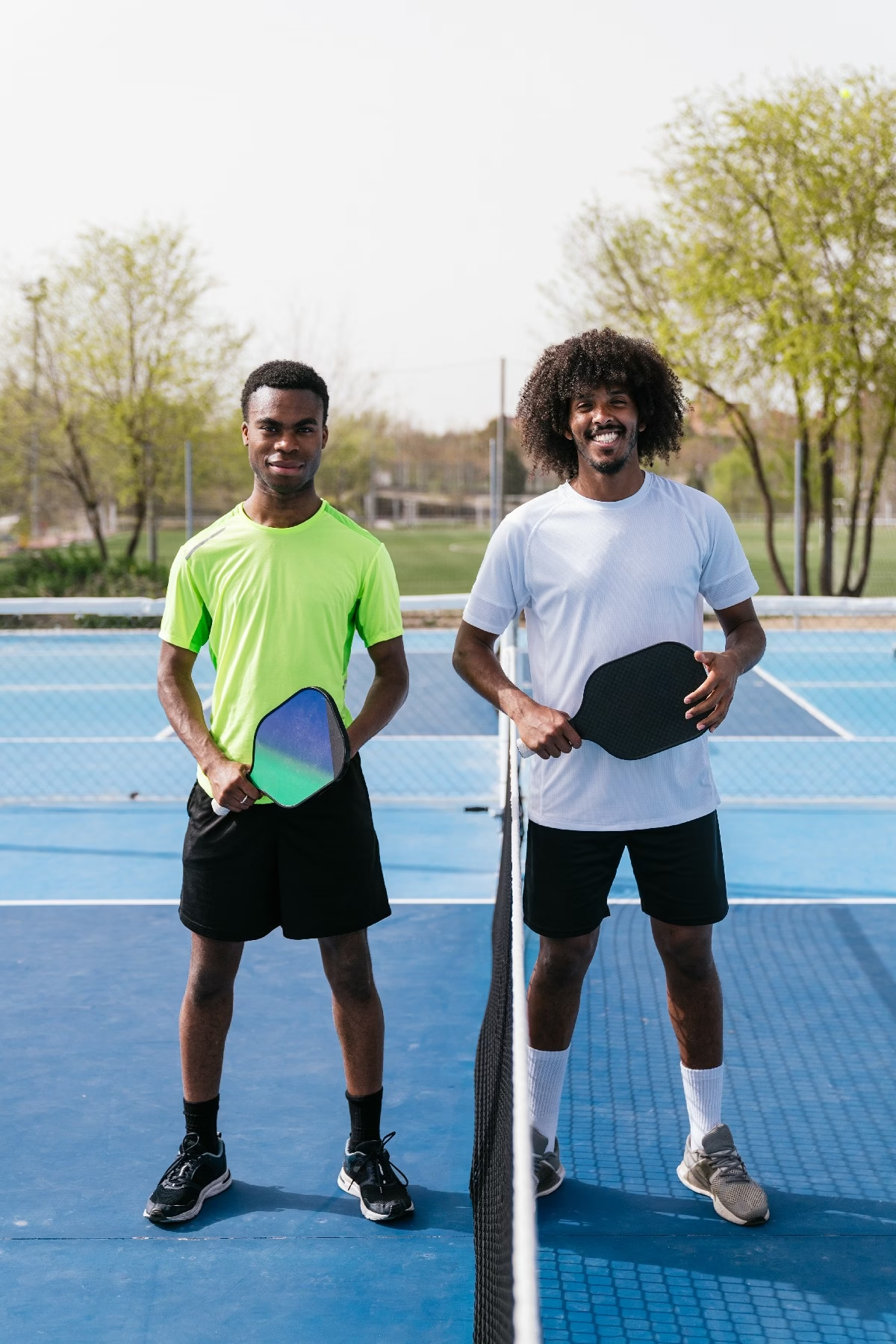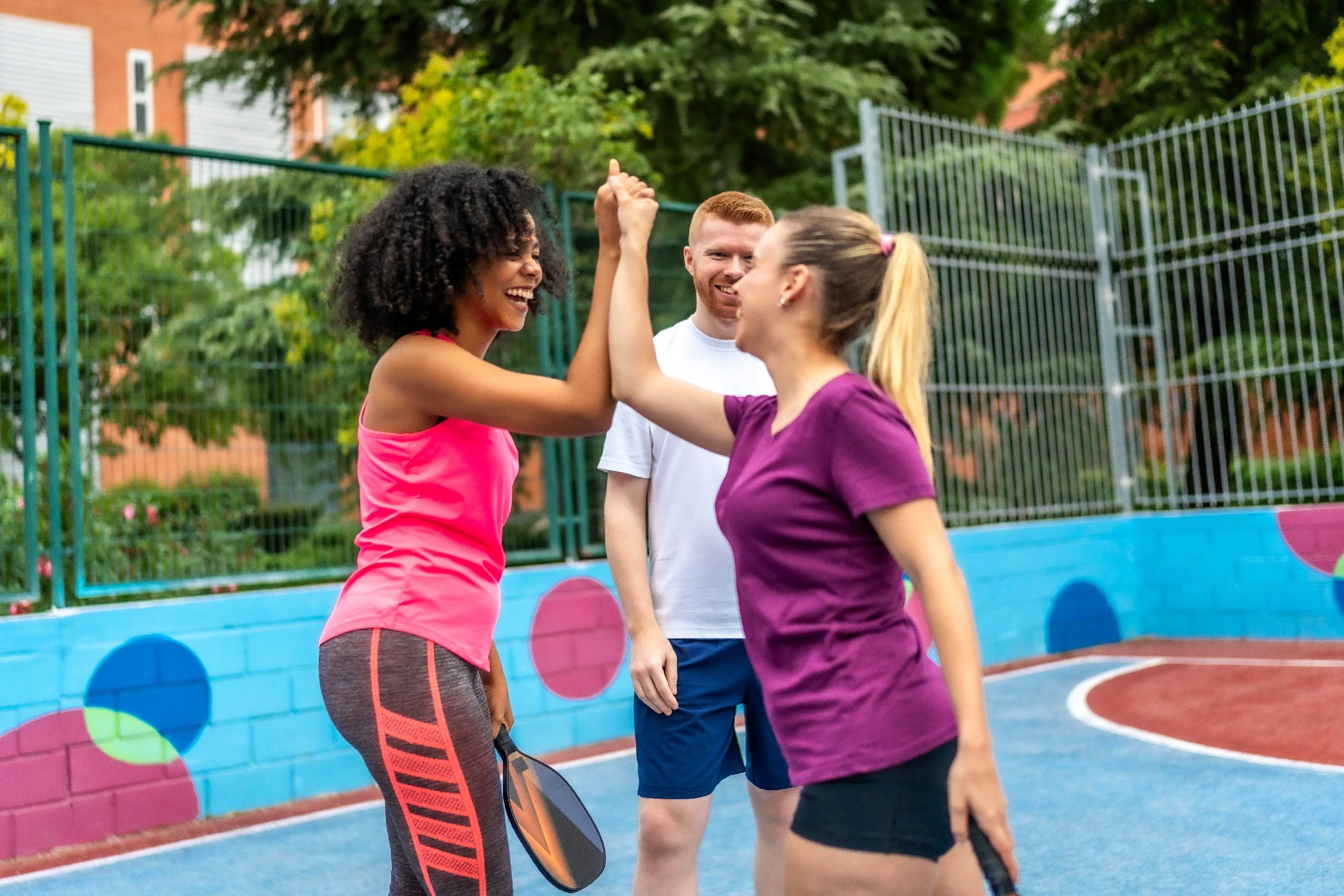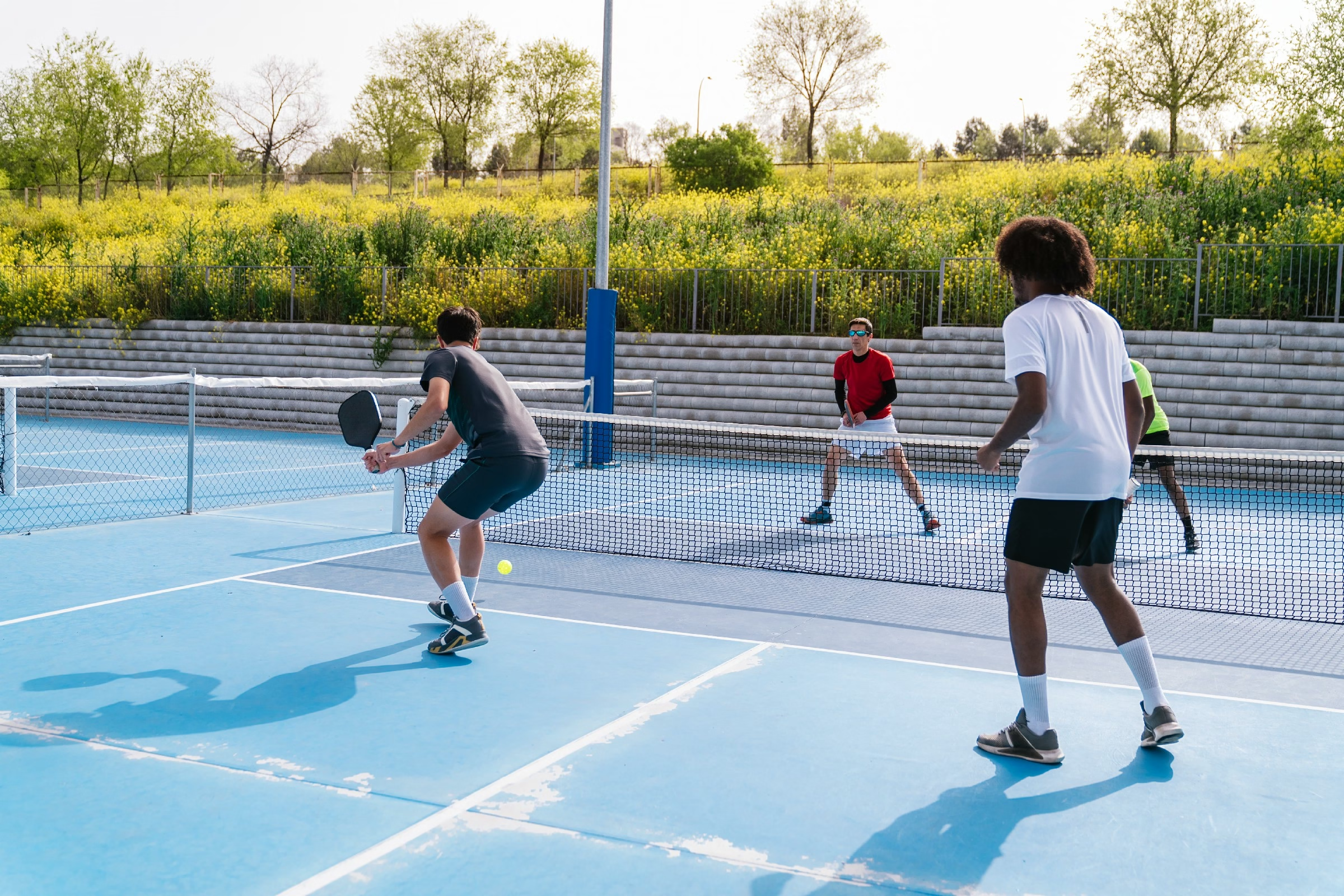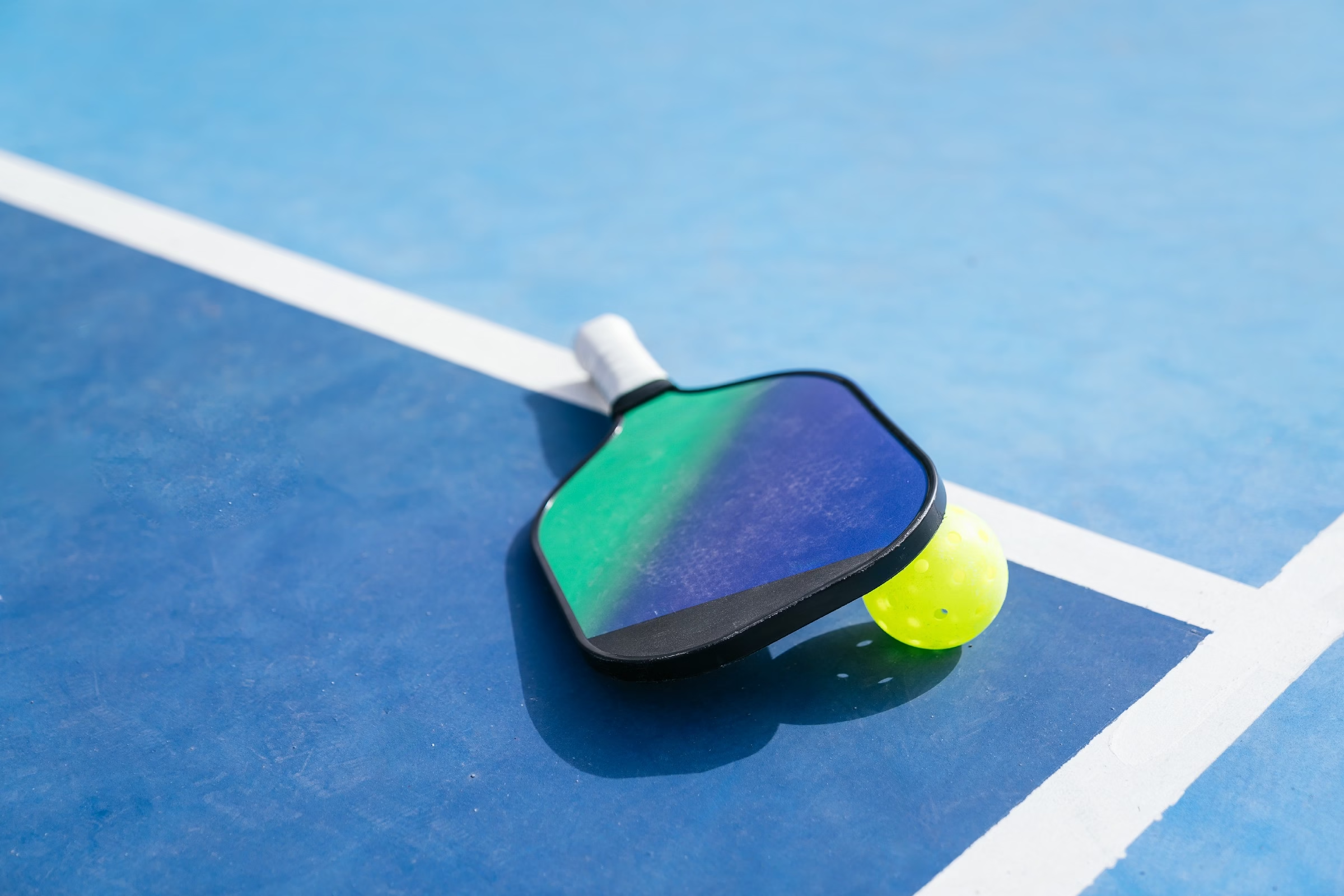Blog
what is the difference between racquetball and pickleball
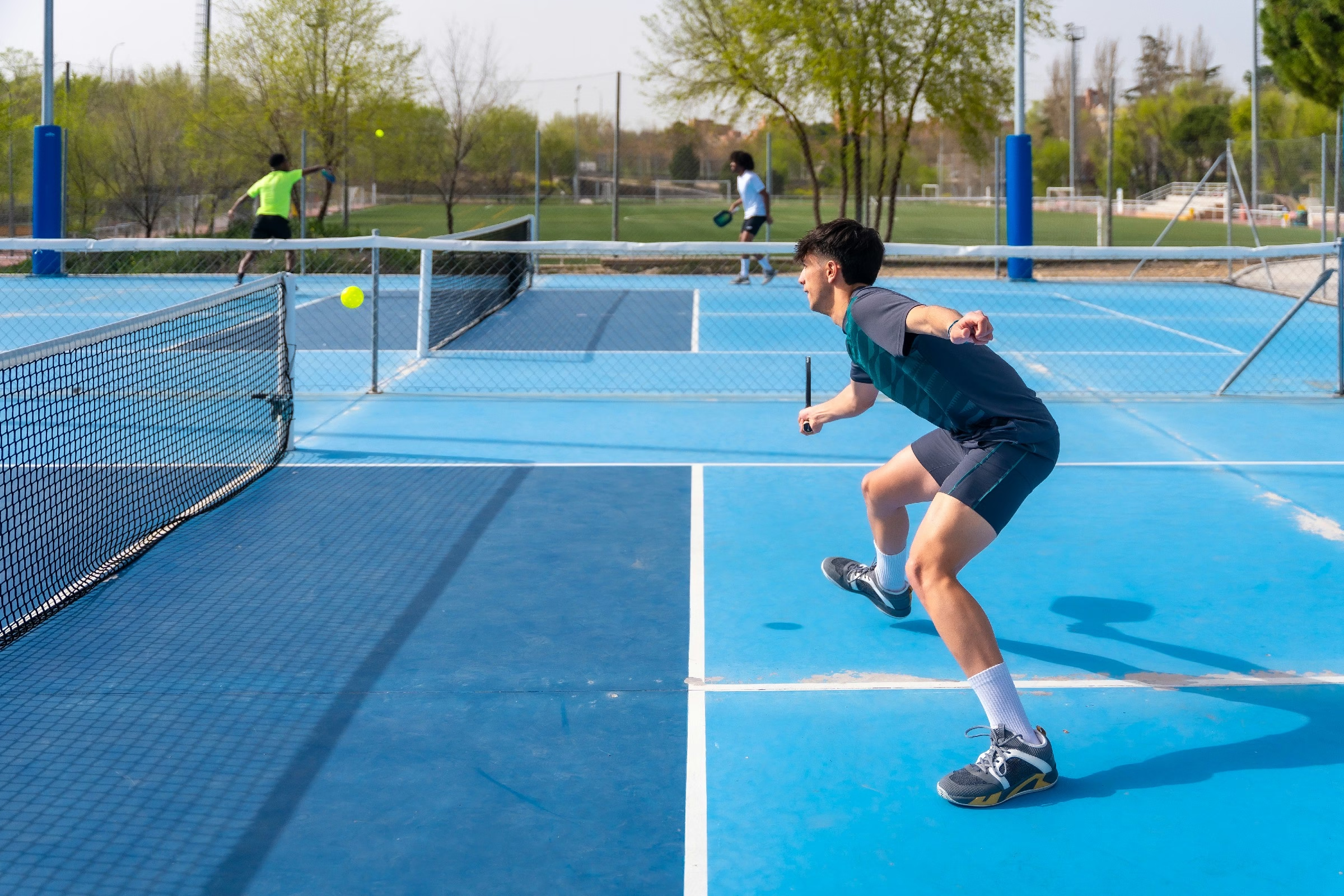
In the realm of racquet sports, two games have surged in popularity, drawing players of all ages and skill levels into their energetic embrace: racquetball and pickleball. At first glance, they may appear to share similarities—a court, rackets, and a ball—but delve a little deeper, and you’ll uncover a world of distinct rules, techniques, and playing experiences that set them apart. Whether you’re a seasoned athlete looking to switch things up or a curious beginner ready to pick up a racket for the first time, understanding the nuances between racquetball and pickleball can enhance your game and help you choose the right sport for your lifestyle. Join us as we explore the unique characteristics, history, and appeal of these two beloved games, illuminating the exciting world of racquet sports that awaits you.
Table of Contents
- Understanding the Court Dynamics of Racquetball and Pickleball
- Equipment Essentials: Comparing Racquets,Balls,and paddles
- Rules of Play: Key Differences in Scoring and Gameplay
- Skill Development: Training techniques for both Sports
- Social Aspects: Community Engagement in Racquetball vs. Pickleball
- Health Benefits and Fitness Opportunities Offered by Each Sport
- Q&A
- The Conclusion
Understanding the Court Dynamics of Racquetball and pickleball
When exploring the court dynamics of racquetball and pickleball, it’s essential to recognize the differences in their playing environments and rules. Racquetball is typically played in an enclosed court with four walls, and the game involves fast-paced rallies that require speedy reflexes and strategic shot placement. The court dimensions are 40 feet long, 20 feet wide, and 20 feet high, making the vertical space as crucial as the horizontal. Players utilize a solid racquet to hit a small rubber ball against the walls,adding a layer of complexity and excitement to each match.
On the other hand, pickleball blends elements of tennis, badminton, and table tennis, played on a more compact court that is 20 feet wide and 44 feet long for doubles matches. The surface is often made of a smooth material like concrete or asphalt, providing an even playing field. Players use paddles to strike a perforated plastic ball,and the game includes unique zones such as the kitchen—an area near the net where players must avoid entering unless the ball has bounced. This requires a strategic approach to positioning, shot selection, and game tempo.
The scoring systems also highlight contrasts between the two sports. In racquetball, players can score points nonetheless of who served, adding an unpredictable element to rallies. Point scoring happens in increments, frequently enough leading to extended matches filled with tension. In contrast, pickleball allows only the serving team to earn points, simplifying the game and adding emphasis on teamwork and communication. The combination of these factors creates a distinct dynamic in player interactions and strategies, making each sport uniquely engaging.
Equipment Essentials: Comparing Racquets, Balls, and Paddles
when diving into the world of racquetball and pickleball, understanding the equipment is crucial for optimizing your gameplay. Racquetball relies on a specifically designed racquet, which typically measures between 22 to 23 inches in length and features a solid oval head.This design allows for powerful strokes and control over the ball. In contrast, pickleball paddles resemble oversized ping-pong paddles and are generally made from lightweight composite materials. The size of a pickleball paddle can be up to 24 inches in length, which gives players added maneuverability and a larger surface area to strike the ball.
- racquetball Racquets: Light, oval-shaped, ideal for quick swings
- Pickleball Paddles: Wider, solid construction, great for control
Next, the balls used in these sports also highlight their differences. Racquetball uses a hollow rubber ball, which is softer and can bounce at impressive heights, making for a more dynamic and fast-paced game within the confines of a court.In contrast, we have the pickleball, which is a plastic ball featuring holes. This design affects its aerodynamics, resulting in slower play that requires precise, strategic engagement from players. Furthermore, the indoor or outdoor playing surface contributes to how these balls react during games, adding another layer to consider when choosing your equipment.
| Equipment Type | Material | Weight |
|---|---|---|
| Racquetball Racquet | Composite, Graphite | 150-200 grams |
| Pickleball paddle | Wood, Composite | 200-400 grams |
| racquetball | Hollow Rubber | 40-50 grams |
| Pickleball | Plastic with holes | 26-30 grams |
Selecting the right gear tailored to each sport’s dynamics will not only enhance performance but also enrich the overall experience. Understanding these essential differences between racquets, balls, and paddles can pave the way for both new and seasoned players to excel in their preferred game.
Rules of Play: Key Differences in Scoring and Gameplay
When comparing racquetball and pickleball,one of the most important differences lies in their scoring systems. In racquetball, matches are played to 15, 11, or 21 points, depending on the tournament rules. Points can only be scored by the server, meaning that if the receiving player wins the rally, they simply get the serve for the next point. In contrast, pickleball uses a more inclusive format where both teams have the opportunity to score points, regardless of who served. Matches in pickleball are often played to 11, 15, or 21 points, with the game requiring a team to win by at least two points.
The gameplay mechanics also showcase distinct differences that contribute to the overall pace and strategy of each sport. Racquetball is played in an indoor court with four walls, and the objective is to hit the ball so that the opponent cannot return it before it bounces twice. the ball can hit the side walls, allowing for complex shots and fast-paced rallies. Conversely, pickleball is played on a smaller court with a net, similar to tennis, where players must hit the ball over the net into their opponent’s side and score points based on the opponent’s inability to return the ball. Players can use paddles rather of racquets, which alters the style of play significantly.
To further illustrate the differences, consider the following comparison:
| Aspect | Racquetball | Pickleball |
|---|---|---|
| Court Type | Indoor, four walls | Outdoor/indoor, net |
| Scoring System | Only server scores | Both players can score |
| Equipment | Ball and racquet | Ball and paddle |
Skill Development: Training Techniques for Both Sports
mastering racquetball and pickleball requires tailored training techniques that enhance specific skill sets for each sport. For racquetball,players should focus on improving their agility and footwork to navigate the fast-paced,three-dimensional court. Techniques like shuttle drills, where players practice quick changes in direction, can enhance reflexes and speed. Additionally, incorporating shadow swings helps in perfecting swing mechanics without the pressure of a live ball.
In contrast, pickleball emphasizes precision and strategy due to its unique court dimensions and net play. Players can benefit from drills concentrated on volleying, where they practice keeping the ball in play while maintaining control near the net. Engaging in target practice drills allows players to develop accuracy by aiming for specific zones on the opponent’s side of the court. This helps not only in enhancing individual skills but also in understanding positioning and shot selection during match scenarios.
Both sports can benefit from cross-training methods that build overall fitness and resilience. Incorporating activities like plyometrics and core strengthening workouts can enhance performance in both racquetball and pickleball. Here’s a simple comparison of these training techniques:
| Technique | Racquetball Focus | Pickleball Focus |
|---|---|---|
| Agility Drills | Shuttle runs, ladder drills | N/A |
| Volley Drills | N/A | Target practice, net play |
| Strength Training | Core workouts | Core and plyometric training |
social Aspects: Community Engagement in Racquetball vs. Pickleball
The community engagement surrounding racquetball and pickleball reveals distinctive cultures and social dynamics that influence how players interact with one another. While both sports foster camaraderie and social interaction, they do so in notably different ways. Pickleball, frequently enough described as the fastest-growing sport in America, typically attracts a diverse range of players, from young families to seniors. The smaller court and cooperative nature of the game encourage players to engage with each other and often lead to organized community events, social gatherings, and local tournaments that emphasize inclusivity and fun.
In contrast, racquetball has traditionally catered to a more niche audience, frequently enough found in dedicated fitness clubs rather than community parks. This sport tends to have a focused demographic, frequently attracting dedicated athletes who prioritize competitive play. Community engagement in racquetball frequently enough revolves around clubs or leagues that offer a more structured environment. Players may partake in #{tournaments and leagues}, but the emphasis on competition can overshadow the social aspects, leading to a culture that values skill and athleticism over casual interaction.
Nonetheless, both sports offer unique opportunities for community building through various grassroots initiatives. These may include:
- Pickleball: Community centers hosting open play sessions;
- Racquetball: Clubs organizing beginner clinics to attract new players;
- Shared events: Both sports hosting charity tournaments for local causes.
Ultimately, while the paths to community engagement may differ, both racquetball and pickleball contribute to vibrant social ecosystems that enhance player experiences and foster lasting friendships.
Health Benefits and Fitness Opportunities Offered by Each Sport
The health benefits associated with racquetball and pickleball extend far beyond mere physical activity, offering unique advantages tailored to the specific demands of these sports.Racquetball is a high-intensity game that promotes cardiovascular endurance, as players are constantly in motion, covering various angles of the court. The fast pace of the game requires agility and quick reflexes, fostering improved coordination. In addition, the sport engages major muscle groups, enhancing strength, especially in the legs, arms, and core. Regular play can help reduce stress levels and improve mental health through the release of endorphins.
On the other hand, pickleball has gained popularity due to its adaptability and ease of play for diverse age groups. It combines elements of tennis, badminton, and table tennis, facilitating a more approachable workout for beginners. Players benefit from increased flexibility and joint mobility due to the sport’s smaller court size, which promotes lateral movement without the intense demands seen in racquetball. Furthermore, pickleball encourages social interaction, fostering community bonds and enhancing emotional well-being while providing a moderate level of physical exertion that can improve balance and coordination.
| Health Benefits | Racquetball | Pickleball |
|---|---|---|
| Cardiovascular Fitness | High | Moderate |
| Muscle Endurance | Strong Activation | Balanced Usage |
| Agility and Reflexes | Enhanced | Improved |
| social Interaction | Limited | High |
| Joint Impact | higher | Lower |
Q&A
Q&A: The Differences Between Racquetball and Pickleball
Q1: What is racquetball, and how is it played?
A: Racquetball is an indoor racquet sport that is played on a four-walled court. Players use a racket to hit a small rubber ball against the front wall, with the goal of making the ball bounce in a way that the opponent cannot return it. Matches can be played one-on-one (singles) or between two teams of two players each (doubles). The game requires agility, precision, and quick reflexes, as players can hit the ball off any wall to gain an advantage.
Q2: What about pickleball? How does it differ in terms of play?
A: Pickleball is a paddle sport that combines elements of tennis, badminton, and table tennis. It is indeed played on a smaller court, either indoors or outdoors, with a net similar to a tennis net. Players use solid paddles to hit a perforated plastic ball over the net, aiming to land it within their opponent’s designated court area. The game can also be played in singles or doubles format, but its unique combination of lower-impact movements and strategic play makes it accessible to a broad range of skill levels.Q3: What are the key differences in court dimensions?
A: The courts for each sport have different dimensions. A standard racquetball court measures 20 feet wide, 40 feet long, and 20 feet high, providing ample space for players to maneuver. In contrast, a pickleball court is significantly smaller, measuring 20 feet wide and 44 feet long for doubles play. The smaller court size in pickleball allows for quicker exchanges and different strategies that are distinct from the fast-paced dynamics of racquetball.
Q4: How do the equipment and gameplay vary between the two sports?
A: In racquetball, players use a racket that can be up to 22 inches long, along with a small rubber ball, which is lively and can bounce high. the gameplay frequently enough involves powerful serves and speedy rallies.Conversely, pickleball utilizes lightweight paddles made from wood or composite materials and a plastic ball with holes, making for a different pace and feel in gameplay. Pickleball matches typically favor strategic placement and finesse over sheer power,given the two-dimensional net play involved.Q5: Are there specific skill sets that each sport emphasizes?
A: Yes,the skills emphasized in each sport reflect their unique nature. Racquetball players generally need to develop strong hand-eye coordination, quick reflexes, and the ability to predict ball movement in a 3D space due to the rebounding off walls. Meanwhile, pickleball players focus on positioning, shot placement, and strategic thinking, as the game encourages a mix of soft and hard shots to outmaneuver opponents in a more contained environment.
Q6: Who typically plays these sports? Are there particular demographics that favor one over the other?
A: Racquetball has traditionally attracted those who enjoy a high-intensity, cardio-intensive workout, frequently enough appealing to younger athletes and fitness enthusiasts. Pickleball, though, has seen a surge in popularity among a broader age range, including families and older adults, due to its accessibility, smaller court size, and lower impact on joints. This diverse demographic has made pickleball one of the fastest-growing sports in the United States.
Q7: How do the social aspects of each sport compare?
A: Both racquetball and pickleball promote a sense of community, but they do so differently. Racquetball often fosters close-knit, competitive environments in clubs and gyms, leading to strong relationships among avid players. Pickleball, with its casual and inclusive nature, often draws larger groups and is frequently played in social settings like parks or recreation centers, making it a great option for community engagement and socialization.
Q8: what are the major takeaways distinguishing racquetball from pickleball?
A: while both racquetball and pickleball are racquet sports that incorporate elements of strategy, skill, and fun, they differ significantly in court size, equipment, gameplay dynamics, and demographics. Racquetball emphasizes high-impact athleticism and quick reflexes in a 3D court environment,while pickleball fosters strategic play and social interaction in a more accessible,smaller court setting. Each offers unique benefits and appeals to different audiences, making them both enjoyable in their own right.
The Conclusion
In the vibrant world of racquet sports, both racquetball and pickleball carve out their unique niches, offering enthusiasts diverse ways to engage, compete, and enjoy the thrill of the game.While their differences might seem glaring at first glance—from court size to equipment and gameplay dynamics—both sports share a common thread: the joy of movement, strategy, and camaraderie. As you consider which sport might suit your interests or even try your hand at both, remember that the essence of each game lies not just in the rules or the gear, but in the experiences, friendships, and challenges they foster. So, whether you’re smashing a ball against a wall in a heated racquetball match or dinking your way to victory on a pickleball court, embrace the joy of play. After all, at the heart of any racquet sport is the same worldwide truth: it’s not just about winning—it’s about the journey.


